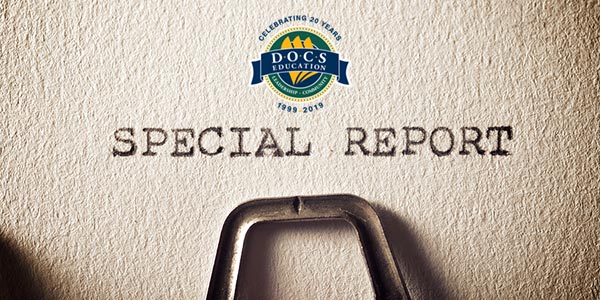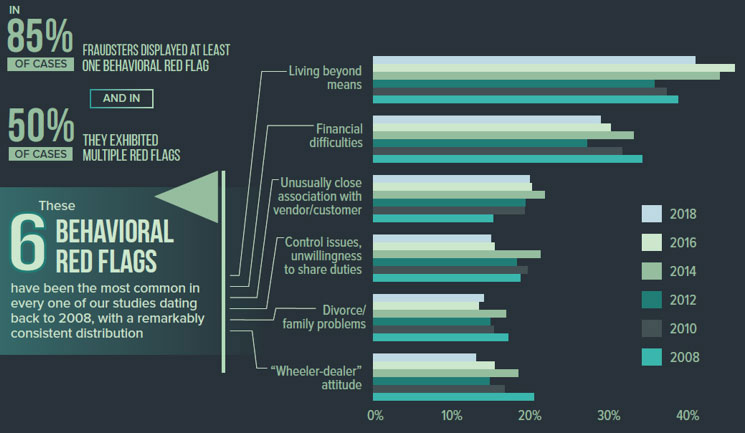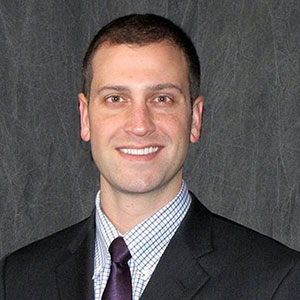

[Editor’s Note: This is the second of a two-part Incisor special report on employee fraud. In this segment, we offer methods dentists can use to help prevent employee theft as well as ways to detect embezzlement early on. In Part One, we examined the extent of the problem and why it disproportionately impacts dental practices.]
Most dentists believe it could never happen to them…until it does.
Employees embezzlement and fraud are huge problems facing professional practices and small business nationwide. They are especially prevalent in dental and other medical offices.
Here’s the irony: Much of the financial and emotional pain inflicted by unscrupulous employees can be avoided when dentists take the right preventative measures and know how to recognize trouble in the making.
Well-Worn Paths
When it comes to dishonest employees, there are very few original thinkers. Experience shows that the majority of fraudsters follow well-worn paths of crime, and often for similar reasons. That makes them much easier to block, spot, and catch.
Unsuspecting dentists are often blindsided by a trusted employee precisely because she (dental practice embezzlers are overwhelmingly female) had been such a valuable member of the team. Time and again, embezzlers have been in their positions for years, even decades. They know the ins-and-outs of the practice, sometimes better than the owner or owners themselves.
Experience shows that the majority of fraudsters follow well-worn paths of crime, and often for similar reasons.
“They are diligent and ambitious. They come in early. They are working late. They never take a vacation,” Doug Karpp, who oversees crime and related behavior for Hiscox, a global specialist insurer, explained recently on CNBC.
While the gullible dentist attributes such behavior to the employee’s strong work ethic, it is often quite the opposite, e.g., a complete absence of ethics.
“A lot of cases get discovered when the employee is on vacation,” exposing their activities for the first time to third-party scrutiny, Karpp notes.
In retrospect, victims of fraud frequently realize there were warning signs all along.
When your bookkeeper, insurance administrator, or office manager drives a newer, more expensive car than you or other dentists in your practice do, that should raise suspicions. Ditto if she wears fine jewelry, sports an ever-changing designer wardrobe; lives in a home well above her paygrade, or takes luxury vacations.
Of course, there are perfectly innocent explanations for a big-spending employee, including a wealthy spouse, family inheritance, or a profitable side hustle. But there is no harm being extra vigilant in the face of these and other telltale indicators.
Truth be told, it is possible—even probable—that at least one dentist reading this article is currently a victim of embezzlement and doesn’t even know it.
The Four B’s
Eric L. Hansen, CFE, CFI, a forensic accounting manager with Eide Bailly LLP—a certified public accounting and business advisory firm with offices in 15 states—writes that employees generally embezzle for at least one of “The Four B’s”:
- Bills – Employees may embezzle because they are having financial difficulties and need money to pay their bills.
- Bets – Gambling addiction is common reason employees steal funds to pay for their need to bet.
- Booze – Employees may have a drug, alcohol, or other addiction that causes them to embezzle to pay for these habits.
- Bling – Living beyond one’s means or “keeping up with the Jones” is another reason employees steal to live a lifestyle outside of their current means.
The Association of Certified Fraud Examiners (ACFE), the world’s largest anti-fraud organization, reports that other red flags include:
- Employees who have unusually close relationships with vendors or customers
- Employees who are possessive about their duties, not willing to share them with colleagues
- Employees going through a divorce or experiencing family problems
Of the 2,690 global cases of occupational fraud that ACFE studied for its 2018 Report to the Nations, 85% of them displayed at least one of the six most common red flags, while 50% exhibited multiple indicators.
Moreover, the ACFE study found that crooked employees not only steal from their employers, they also take predictable steps to cover up their thefts.

Source: ACFE “Report to the Nations”
Brace Yourself
According to ACFE, the most common method (55%) is to create fraudulent physical documents. Forty-eight percent of criminals alter physical documents.
In 28.7% of the cases that Hiscox examined for a 2016 study, employee theft took place over a period lasting more than five years. And—brace yourself—as Hiscox’s Karpp told CNBC, the average loss for cases that continued at least five years was $2.2 million. (This figure applied to all types of small business and professional practices.)
Truth be told, it is possible—even probable—that at least one dentist reading this article is currently a victim of embezzlement and doesn’t even know it.
Without question, the best way for dentists to handle fraud is to prevent it in the first place.
That begins with a commitment at the top, notes Scott Haberman, a CPA and Business Advisor who works for Eide Bailly from Fort Collins, CO.
“As the owner of your dental practice, a culture of fraud prevention begins with you,” he recently wrote in an article on the firm’s website.

Edie Bailly’s Scott Haberman
Hold Everyone Accountable
Haberman’s recommendations include:
- Establish pre-employment background checks for your employees.
- Ensure your policy manual and job descriptions are up to date.
- Hold everyone accountable. (“No matter what level they are or how long they’ve been there. If an employee does something against your policies, hold them accountable for their actions.”)
- Make sure you have a whistleblower hotline or policy in place and encourage your employees to report anything they see.
- Routinely conduct fraud risk assessments and internal control examinations.
- Require that bank statements (including cleared check images) be sent directly to the doctor’s home. Dentists should review these personally before passing them on to team members.
- Likewise, have external payroll services send their reports directly to the dentist.
Other expert recommendations include mandatory cross-training and job rotation, periodic third-party surprise audits of the practice’s books, and the requirement for two employees to authorize any electronic bank transfer.
The Report to the Nations found the most common reason that fraud occurs is lack of internal controls, such as those mentioned above.
“Much like how a daily routine of brushing and flossing is critical to good tooth care, the same principles hold true for a practice’s money,” concludes Eide Bailly’s Haberman. “By creating an atmosphere of detection and setting the tone at the top, you can start to worry less about potential threats and more about your patients and growing your practice.”




